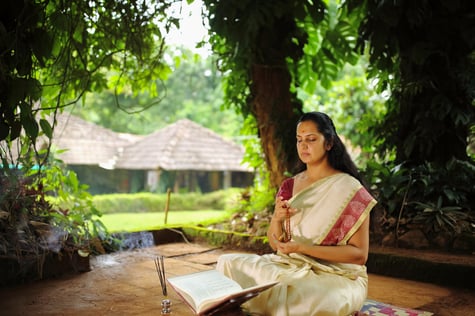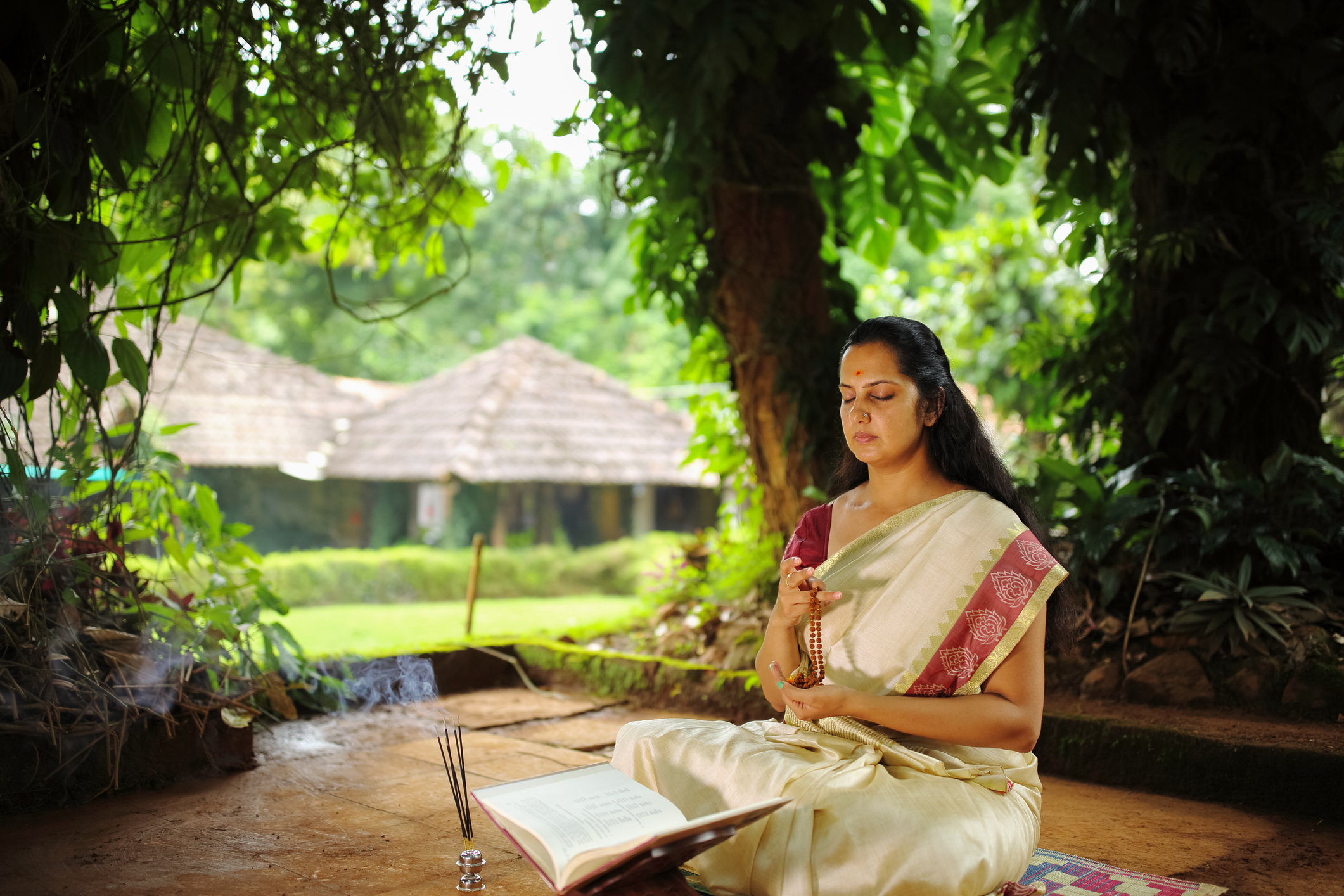Can Hindus engage in Hindu Studies?

The Importance of Hindu Studies in Academic Environment
Regrettably, in India, secularism is interpreted to mean absence of religious education from curricula of schools, colleges and universities. Its proponents invoke Article 28 of the Constitution of India, which prohibits imparting of religious instructions in educational institutions maintained by state funds or receiving state aid. Thus, it is asserted, religious education is against the spirit of the Constitution and has no place in schools. It is noteworthy that a very thin line exists between imparting religious instructions and religious education. Students have to learn about Hinduism on their own, from their parents, in temples and gurukuls, or in private institutions.
On the other hand, till recently in the U.S., Hinduism has been taught by cultural outsiders through a Western prism. The piece on Hinduism in Inside Higher Education, titled “The Religious War Against America Scholars of India,” and a response in Huffington Post titled “The Propaganda War Against Hindus in Academia: A Response to Inside Higher Education,” highlight the challenge to Hindu Studies in American colleges and universities. And what is taught in schools is a distortion of Hinduism as vividly illustrated by the ongoing struggle of textbooks in California Public Schools.
Here is the problem and the challenge. A group of certain South Asian Studies faculty had questioned the historical accuracy of using the word “Hinduism” as a description of ancient India’s religion, suggesting it is inaccurate and further arguing that certain references in the textbooks to “India” should be replaced with either “South Asia” or “Indian Subcontinent.”
Several Indian scholars opposed these proposals, and so did parents of Hindu children studying in California schools, who submitted a petition with over 23,000 signatures, contending that these faculty members proposing curriculum changes were seeking “to erase India and Hinduism from California’s schools.”
In response to the South Asian Studies faculty members, Vamsee Juluri, professor of media studies at the University of San Francisco, contends that the worldview “offered by writers . . . (such as Wendy Doniger, Martha Nussbaum, and others) . . . seems to have little respect, if not consideration, for how Hindus themselves see their religion in the first place.” In his views, they have distorted myths and history without “engaging with Hinduism as it is lived and understood by Hindus.” In his words, “At the heart of the battle between ideological Hinduphobia in the academy, and the much more complex, diverse, and disorganized (and hardly well-funded in my view) campaign in the Hindu community,” is essentially the assertion by Nussbaum about “false claims for Hindu indigeneity to the Indian subcontinent.”
Juluri poses the question which he considers to be the most important issue in this prolonged conflict: “[W]hether the diverse traditions that Hindus today broadly refer to as ‘Hinduism’ ought to be recognized as an integral part of India or whether Hinduism is nothing more than a Nazi-like ideology imposed by the mythical invading Aryan race in 1500 B.C.E.”
Among other Hindu scholars opposing such Western writers on Hinduism, Rajiv Malhotra challenges the statement that “there is no such thing as a unified Hindu tradition.” He states that such concepts “were introduced by missionaries . . . [and are] questionable when applied to any period prior to the nineteenth century. Both the religious practice and theological doctrine . . . go against” such concepts advanced by many Western scholars. Malhotra warns that these mistaken concepts have now “entered mainstream media, government policy-making, and even popular cultural portrayals of India . . . American school textbooks [and are] increasingly assumed by cosmopolitan Indians.”
Challenging the old Western paradigm, Professor S.N. Balagangadhara Rao asks, “Can the academic community move from a paradigm that promotes mere propaganda as pure knowledge, to a new paradigm that is established in the authentic pursuit of knowledge? To embrace a new paradigm, the current day academicians, both Western and Indian, must answer the question: ‘Is the Western Academia providing knowledge about India?’” In a similar vein, several other insider academicians who have studied Hindu history, thought, and values have convincingly and compellingly argued for a new paradigm where Hindu studies are accurately portrayed. These include the current instructors at Hindu University of America, such as Kalyan Viswanathan, Kundan Singh, and Vishwa Adluri.
I have described at length the challenges Hindu Studies currently faces in this country. They arise because many faculty teaching Hinduism in academia are products of teachers such as Wendy Doniger, who carries a colonial view of Brahmins and Sanskrit and continues to champion the now discredited myth of Aryan Invasion. This continuing struggle illustrates the reason why it is important to have a true portrayal of Hinduism in this country, especially in the academic environment. It is generally in the institutions of higher learning that young American minds get their training, and these are the people who will be tomorrow’s opinion makers and decision makers.
To talk about the need and importance of Hindu Studies in academia seems obvious. After all, understanding Hindu traditions and studying Hindu concepts and values in a historical setting is essential, especially in the current environment. Vedas, Upanishads, Itihasas, the Epics – what a rich literature! As we talk about Sanatana Dharma and Hindu tenets such as vasudhaiva katumbakum (the entire world is one family), sarve bhavantu sukhinah, sarve santu niramaya . . . (may all be happy, may all be free from illness, may none suffer, Om Shantih, Shantih, Shantih), and countless other gems in shlokas need to be understood and widely disseminated, especially in today’s world known for intolerance and hatred.
The study of Sanskrit and sacred Hindu scriptures, which is essential to understand and appreciate Hinduism, but has been given inadequate attention, must be given priority. Teaching of yoga and Ayurveda as an integral part of Hindu Studies, must be equally valued. The time has come that insiders are able and equipped to impart Hindu Studies in authentic form. I am encouraged that as part of its mission, the Hindu University of America has undertaken to do so.



